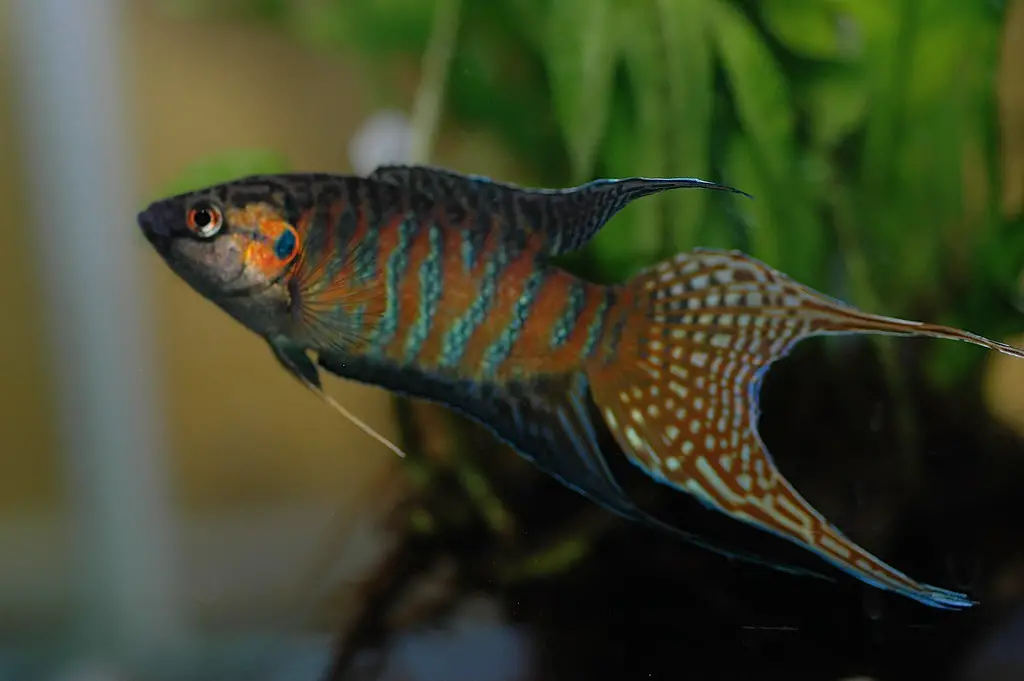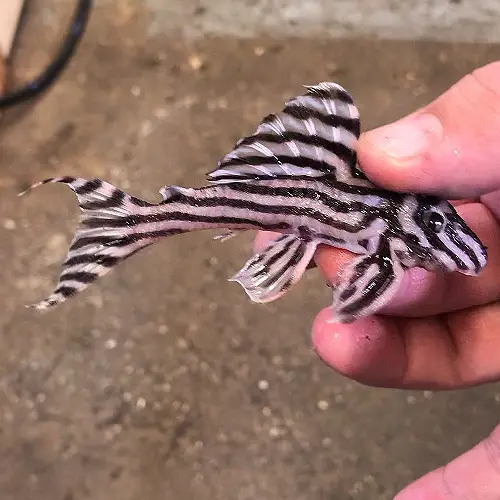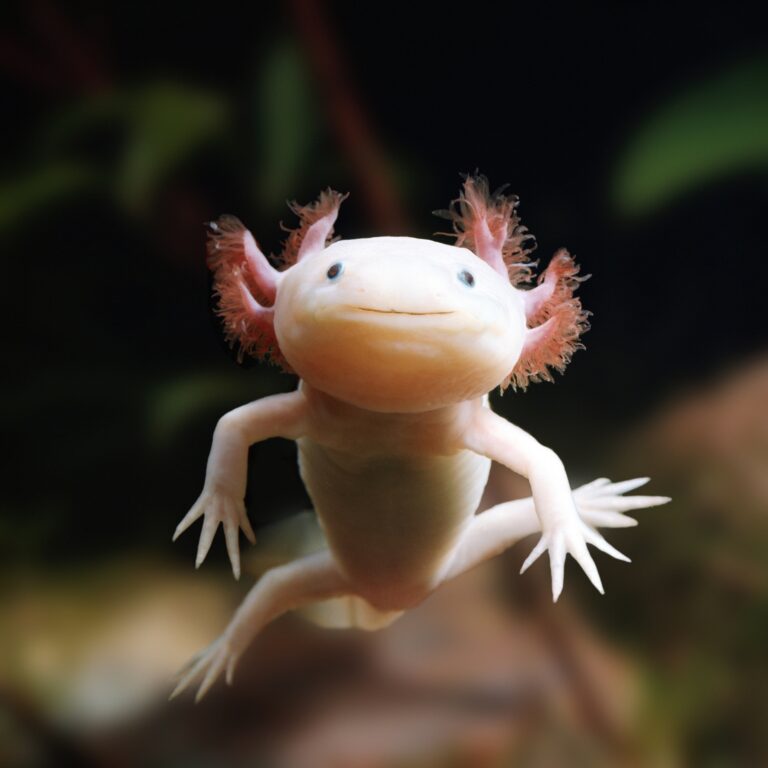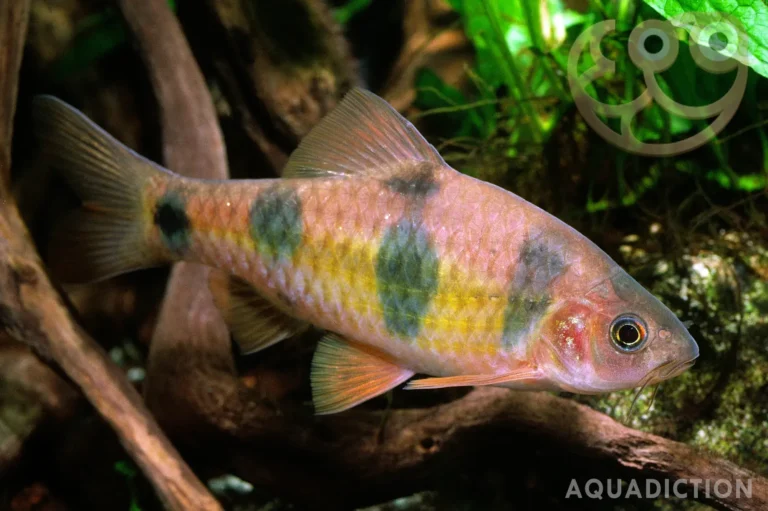Discovering the Paradise Fish: A Jewel of Freshwater Aquariums
In the vivid world of freshwater aquariums, few fish can compare to the Paradise Fish (Macropodus opercularis) in terms of color, distinct beauty, and historical significance. Often touted as one of the most recognizable and enchanting species among aquarists, the Paradise Fish carries a legacy that transcends geographical boundaries and spans centuries. This blog post is a comprehensive guide for aquarists and freshwater fish enthusiasts who are captivated by this gem of the underwater kingdom.

History and Origin
The Origin of an Aquatic Aristocrat
The Paradise Fish has its origins in the expansive and diverse waters of Asia. Known for their alluring color patterns and vibrant fin displays, these fish have not only enchanted modern aquarists but also hold a place of significant historical and cultural importance in their native waters. Once the exclusive interest of Asian emperors and nobility, the Paradise Fish was a prized possession and symbol of status, thanks to its bright and regal appearance.
Cultural Significance
In its home country, the Paradise Fish, or ‘Mandarin Fish’ as it’s sometimes called, is depicted in art, literature, and folklore, reflecting its esteemed status in society. Its fleeting appearance in the muddy ponds and paddy fields during the monsoon season has been the muse for many an artist and storyteller, cementing its place in the cultural fabric of Asia.
Physical Characteristics
The Allure of the Avant-garde Coloration
One of the most striking features of the Paradise Fish is its vibrant coloration, which can range from deep blues and bright reds to shimmering golds. The intricate iridescent scales give an opulent look, especially in well-lit aquariums. The male’s flaming red throat and glossy fins put on a show-stopping display, making them a centrepiece in any aquarium they adorn.
Fins Worthy of a Ballad
The presence of elongated rays in the dorsal and anal fins gives the Paradise Fish its distinctive fin structure, which when fully extended creates an elaborate veil-like appearance. It is these mesmerizing fins that fan out in a glorious display during courtship and territorial posturing, earning them the moniker ‘Paradise’ for the paradisiacal picture they paint.
Stature and Size
Mature Paradise Fish are relatively hardy and can reach a length of two to four inches, with males tending to be slightly larger than their female counterparts. Their size makes them suitable for a variety of aquarium sizes, provided they are given adequate space to move and explore.

Behavior and Temperament
Social Creatures at Heart
Despite a reputation for territorial behavior, Paradise Fish are surprisingly social. They thrive in community tanks, provided they have enough space and suitable tank mates. Keeping them in pairs or small groups can diminish any aggressive tendencies, and these fish often form interesting social hierarchies within their group.
Territorial Tendencies
Male Paradise Fish can be aggressive towards other males of their kind and may display dominant behavior even in a mixed-gender tank. It is recommended to house one male with two or three females to balance out their social dynamics and avoid undue stress on the females.
Compatibility Check
When considering tank mates, it’s important to select fish that can either withstand or not provoke the Paradise Fish’s territorial displays. Peaceful species like mollies, swordtails, and certain tetras make good companions, while slow-moving or fin-nipping fish should be avoided.
Habitat and Tank Requirements
Crafting the Aesthetics of Paradise
The ideal tank for a Paradise Fish should mimic its natural habitat as closely as possible. This includes having plenty of live or silk plants to provide hiding spots and resting places. Adding some floating plants can help diffuse overhead lighting, which they appreciate.
Water World Parameters
Maintaining the right water conditions is vital to the health and happiness of your Paradise Fish. They prefer slightly acidic to neutral water with a pH range between 6.0 and 7.5. The temperature should be kept between 72-82°F. A sponge filter or other gentle filtration system is preferable to replicate their native slow-moving waters.
The Neighborhood Composition
When populating a tank with Paradise Fish, incorporate a variety of levels in the aquascape. Some tank mates may occupy the bottom strata, such as the Corydoras catfish, while others prefer the open waters. By utilizing the entire water column, you can minimize potential stress that can arise from territory competition.
Feeding Habits
Omnivorous Predilections
Paradise Fish are omnivorous, opportunistically feasting on a variety of foods in the wild. In captivity, a balanced diet is crucial. They readily accept commercial flake foods but should also be offered live or frozen food such as brine shrimp, daphnia, and bloodworms to ensure they receive the necessary nutritional components.
Feeding Frequency
Adult Paradise Fish can be fed once or twice a day, with juveniles requiring slightly more frequent feedings. It’s essential to monitor their behavior post-feeding to prevent overfeeding, which can lead to health issues or poor water quality in your aquarium.
The Art of the Meal
Observing their feeding habits can be an enjoyable part of owning Paradise Fish. Their methodical hunting and feeding patterns offer glimpses into the nuances of their character, and the occasional feed of live food can trigger instinctive behaviors, reminding us of their wild origins.
Breeding and Reproduction
Diving into the Mating Dance
The courtship ritual of the Paradise Fish is a spectacle to behold. Males perform an elaborate dance, quivering and extending their fins to attract a female’s attention. If the female is receptive, they will engage in a dance of mutual fin displays, culminating in the female laying eggs and the male fertilizing them.
Fry and Parental Care
Soon after fertilization, the male chases the female away while he guards the eggs. Once hatched, the male continues to protect the fry, and in a few days, they will be free-swimming. It is at this stage that you may want to consider removing the male, as his protective instincts may lead to aggression towards other tank mates.
Breeding Challenges
While the Paradise Fish typically reproduce without intervention, there are conditions that can make the process challenging. Poor water conditions, inadequate nutrition, or aggressive tank mates can disrupt the breeding cycle. Ensuring a healthy aquarium environment and selecting peaceful tank mates can increase the likelihood of successful reproduction.
Health and Common Issues
The Resilience of Paradise Fish
The Paradise Fish is generally a hardy species, able to withstand fluctuations in water parameters better than other tropical fish. However, they are not immune to diseases, and attention to their behavior and reactions to changes in their environment is crucial in preventing and addressing health issues.
Common Ailments
Paradise Fish can succumb to common freshwater diseases such as Ich, fin rot, and various parasitic infections. The key to preventing these issues is maintaining good water quality, providing a balanced diet, and minimizing stress factors in their environment.
The Path to Preventive Care
Regular observation and maintenance are the foundations of keeping your Paradise Fish healthy. Water changes, proper filtration, and quarantine procedures for new tank additions are vital. Additionally, periodic enriching of their diet with vitamins and minerals can boost their immune system and overall well-being.
Conclusion
In closing, the Paradise Fish holds a special place in the hearts of aquarists due to its stunning appearance, rich history, and engaging behaviors. If you’re considering adding a touch of ‘paradise’ to your freshwater aquarium, this species offers an exciting opportunity to observe nature’s beauty up close. Whether you’re drawn to their regal colors, dynamic social structures, or the challenge of breeding these opulent jewels, the Paradise Fish is sure to delight and captivate with its charm. With proper care and a thoughtful approach to husbandry, these aquatic paradigms can thrive and bring timeless elegance to your underwater world.






